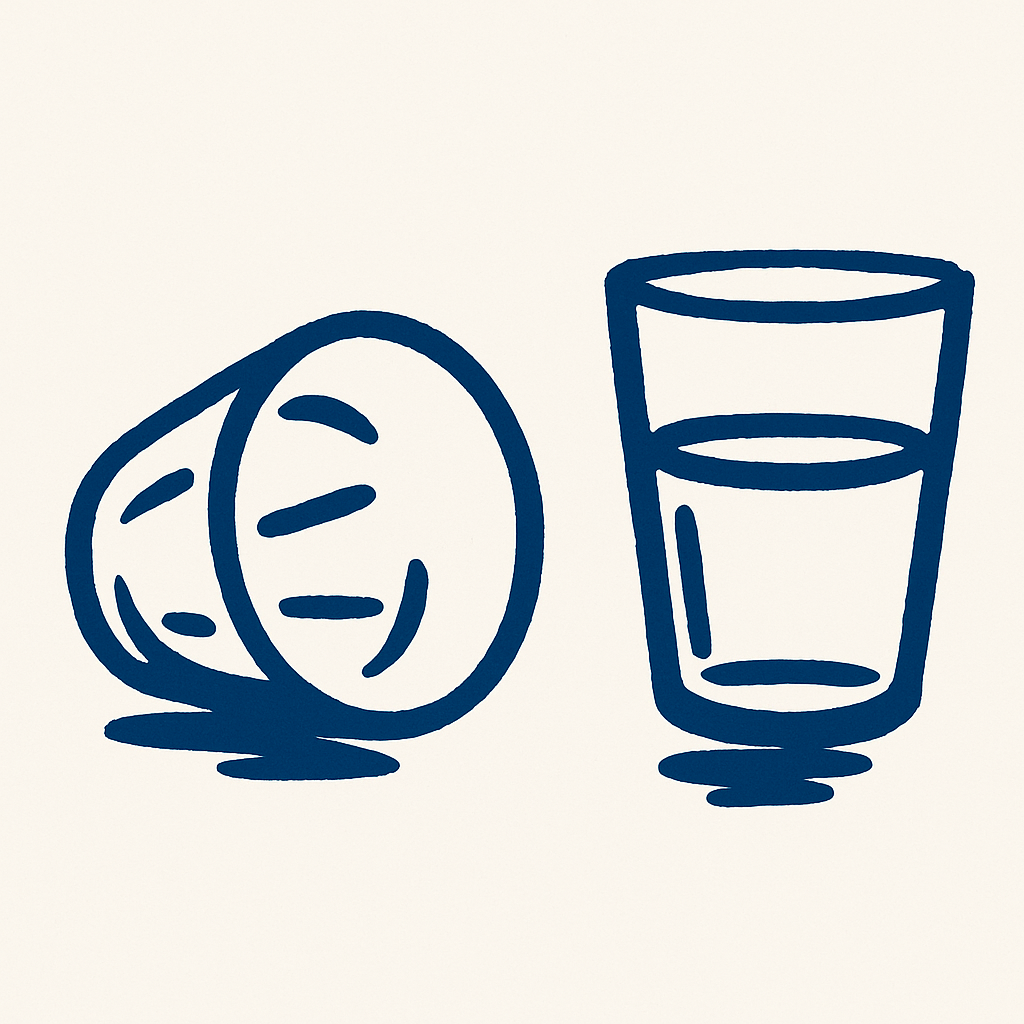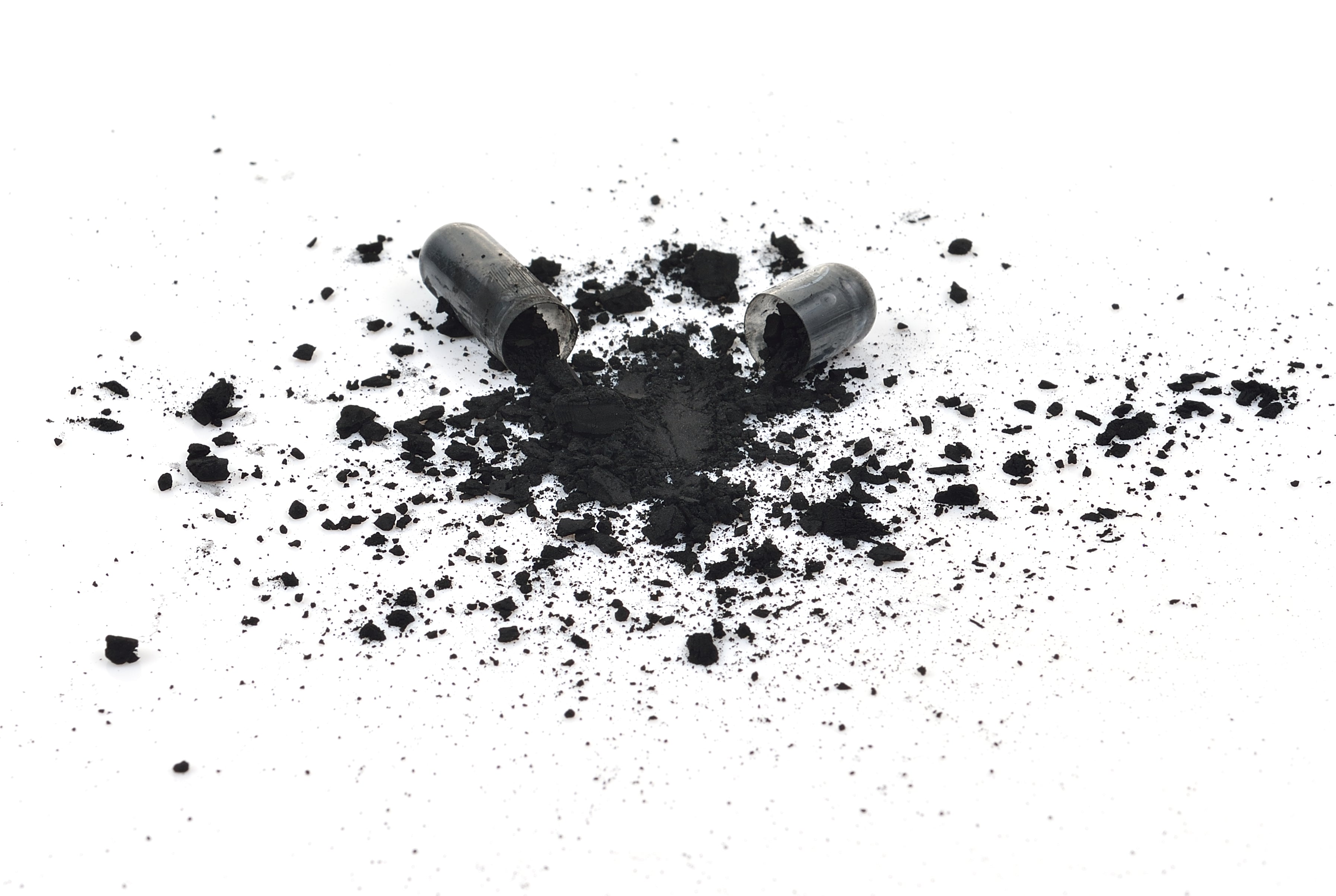A-Minus: first of its kind.
Our CEO & Chief Scientist has spent a career studying the amazing properties of activated carbon - a compound proven to adsorb (latch onto) and eliminate harmful substances from the body.
The biggest breakthrough came from reshaping pure carbon into a magnet for a specific toxin - acetaldehyde - making it 20x more effective than generic charcoal against alcohol's negative effects.
And so Activated Carbon Technology was born.

What's in a drink?
The verdict is in: drinking is hard on our bodies. Even the Surgeon General is telling us to cool it.
The culprit is acetaldehyde, the primary byproduct of alcohol. It is a highly toxic substance and known carcinogen.
Everything from hangovers and headaches to cancers and other chronic diseases has been traced back to acetaldehyde.

Part of the process
The liver and gut do the heavy lifting when it comes to processing a drink.
Alcohol (ethanol) must be broken down into acetaldehyde before becoming acetic acid, a harmless, vinegar-like substance. The presence of acetaldehyde is only meant to be temporary in the metabolic process.
The problem is this - our bodies are only able to process 1 drink per hour. So the acetaldehyde accumulates in the gut and ends up in the bloodstream.

A perfect fit
Our Activated Carbon Technology is designed to bind to the toxin and prevent it from ever reaching the bloodstream.
We're taking the purest, most effective version of activated charcoal (simply carbon) and putting it to work.
Our patent-pending innovation removes 90% of acetaldehyde from the gut within 2 minutes - miles ahead of the detoxing capabilities of any generic charcoal.
Want to learn more?
Don't take our word for it. Check out these studies for an in-depth look:
"Acetaldehyde as an underestimated risk factor for cancer development". (October 2009)
"Coordinated action of a gut–liver pathway drives alcohol detoxification and consumption". (June 2024)
"National Library of Medicine: Activated Charcoal". (April 2023)
"Office of the Surgeon General: Alcohol and Cancer Risk". (January 2025)


